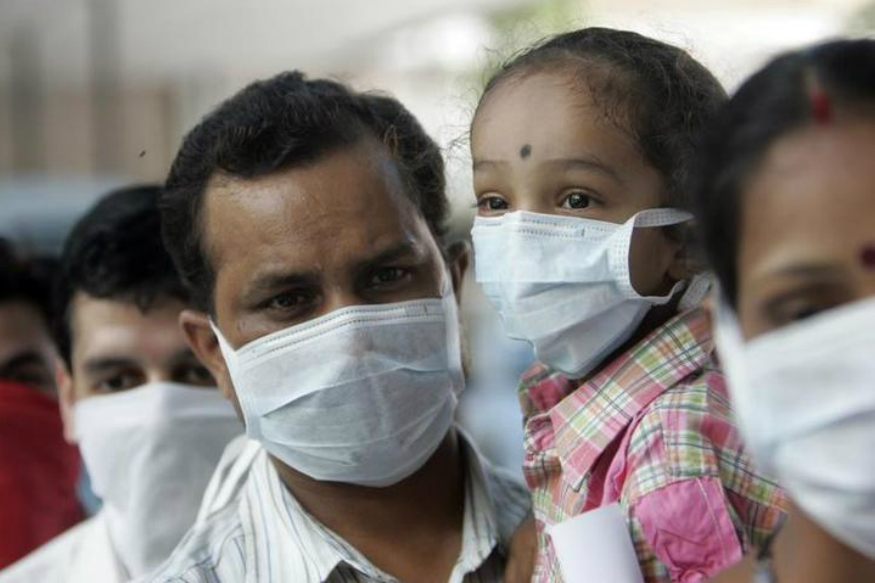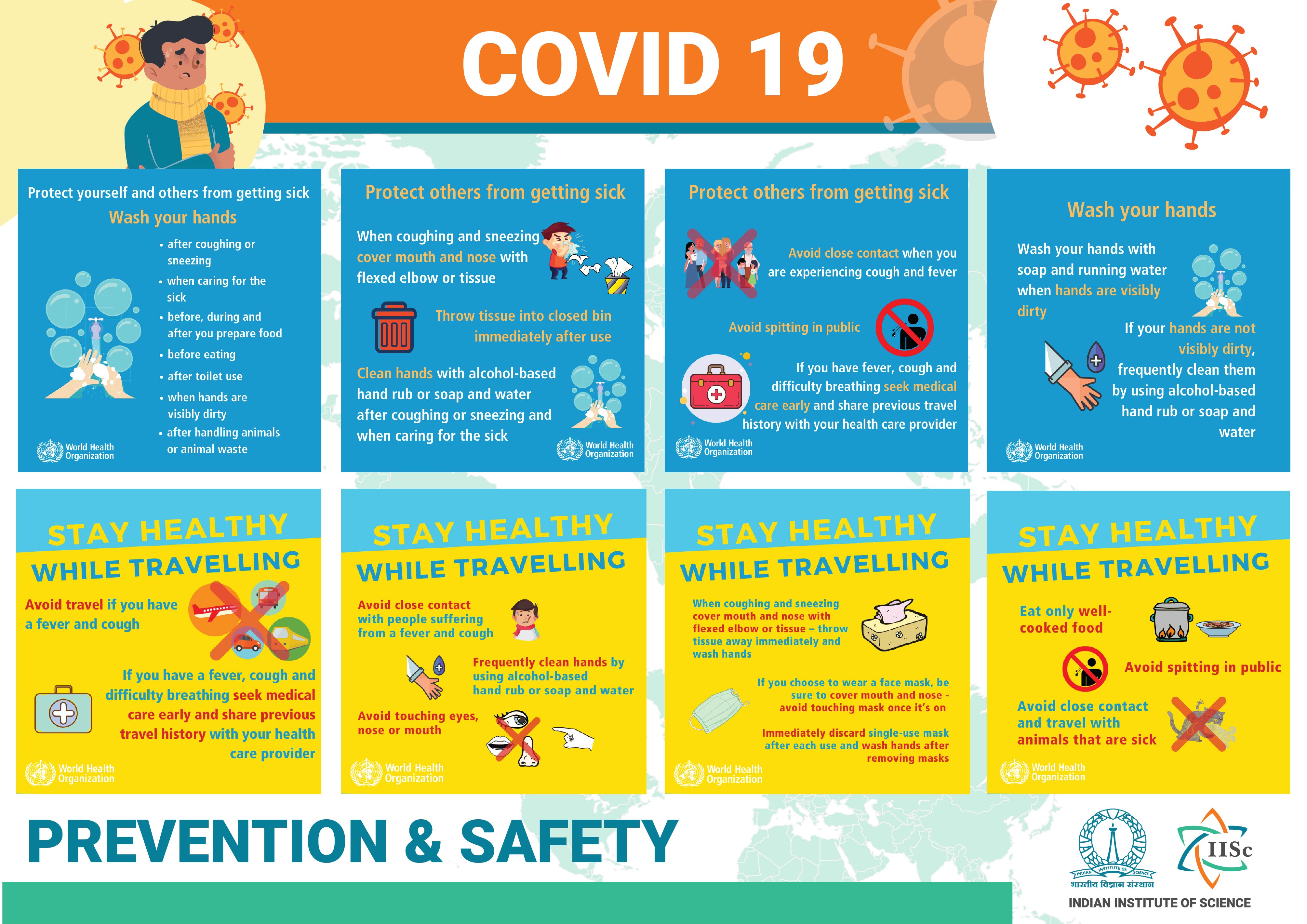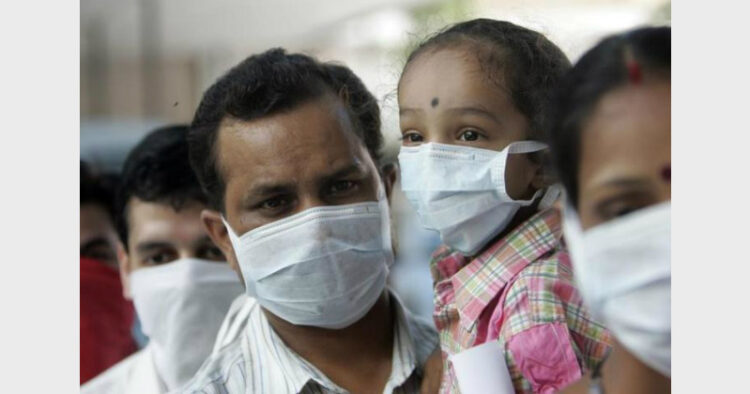Given the natural history and biological behaviour of Covid19 pandemic in other parts of the world, we can conclude that it is going to stay for at least a few years. As long as an effective vaccine is widely available, norms of social distancing & wearing masks are going to stay.
– Subbiah Shanmugam

Every one of us eagerly expects an early end of the Covid19 pandemic. But if the natural history and biological behaviour of Covid19 pandemic in other parts of the world are any indications, we can conclude that it is going to stay here for at least a few years. As long as an effective vaccine is widely available, norms of social distancing & wearing masks are going to stay. In such a scenario, what will be its impact on education in general and medical education, in particular, is worth to be thought over. The reason for my priority for medical education is because institutions of medical education are doubling up as institutions managing the pandemic also. Already the sole priority of all institutions in the world in general and our country in particular, is the management of pandemic, at the cost of educational activities in medical educational institutions. When I was discussing examinations in medical education with one of the medical universities in the country, she expressed her opinion that all medical teachers are very busy in pandemic activities, and examinations can wait for some 6 months to a year in such an extreme emergency. What she failed to mention, but having in her mind maybe even education in the medical field can also wait for some months to a year at least. All the freshers out of their undergraduate programs into internships and all post graduate students who are joining courses are being recruited for pandemic activities in one way or another.
Further with an average minimum intake of around 150 students in each year in every medical college, where by default the entire batch moves around as one class without any sections, how to maintain social distancing while educating is a big question to be dealt with. At anatomy dissection halls and further into clinical classes, medical students usually have a habit of making a crowd around a teacher standing near every embalmed body in anatomy hall and every patient in clinical classes. Many a time the crowd is more if the teacher is more communicative. It is an enterprising and thrilling experience for each and every medical student in both situations. When I hear from the youngsters that medical education has become stressful, I used to wonder. Because in my opinion, no other branch of education can be so enterprising than medical education from the start to finish.
As we enter our first year of medical college, in the first week itself we are left to face embalmed, naked dead bodies in dissection halls. It is the only one occasion other than childhood, both sexes being naked is never bothered about. As we go near embalmed bodies in groups, shed our fear, anxiety and hesitation, and start dissecting the human anatomy, we are so absorbed in our classrooms we never complain about boredom. On most of the days, we will be returning from dissection classes with dress soiled by embalming fluid, red dye and even small body pieces sometimes. I don’t remember whether I was wearing a glove while dissecting the embalmed body 36 years ago. Every night in bed, as a medical student, I will be planning the dissection of dead bodies on the next day very eagerly. We miss classrooms but never miss dissection halls. In dissection halls, even in government medical colleges where dead bodies for dissection is not scarcity, students are made to crowd around limbs, abdomen, chest and head of each body being dissected. How to manage social distancing there will be a very big question in the coming days.
As we enter our clinical classes, where no one case scenario is similar to the other one, it will be so interesting that we never miss a single day clinical class while not bothering about lecture classes in the afternoon, after lunch. Many times we will be sleeping in lecture classes or counting the mistakes committed by the lecturer if we have read the topic already on our own. Clinical classes, wearing half hand, short white coats prescribed for students, crowding around a clinical teacher in his long full hand white coat by the side of the patient is a routine scene in medical college hospitals. While the ambition of each and every medical student will be wearing long full hand white coats of teachers with as many bells as possible at the patient end of stethoscopes, crowded all around them by young energetic students. Only after becoming a teacher, you start complaining about wearing full hand white coats which are very difficult to maintain clean; young students, both boys and girls, are eager to hear you, jostling among themselves and sometimes even falling one you; having to repeat the same subjects with new jokes and tone, etc. At Least you can imagine and afford to have mannequins to replace or add to the bodies being dissected in anatomy halls but you can’t replace patients, who are the vital learning material for every medical student, with anything.
At outpatient set up, in most of the government hospitals where patients make a long queue to have few minutes of doctor’s attention in close quarters, how to keep social distancing without losing emotional connect and clinical acumen will be a big challenge. At the operation theatre, usually, the surgical teacher will be almost rubbing shoulders with staff nurses and assistant surgeons assisting him while operating and students falling over his head to have a glimpse of the anatomy they learnt on dead embalmed bodies in real-time scenario on living human beings who are being operated on. At wards also, teaching happens in groups of students crowding around the teacher.

In clinical exams, the student should emotionally connect to the patient whom he has not met in the past and may not be having another occasion to examine in future also, to elicit vital clinical signs in precious one hour in the case of the long case and thirty minutes in the case of a short case. The student is expected to examine the patient’s mouth, nose and throat. On some occasions, even patients are asked to cough repeatedly to elicit clinical findings. Success or failure of making the patient cooperative and eliciting clinical findings will make the difference between success and failure in the exam too. In clinical examinations, there will be four examiners examining one candidate at a time, and definitely, you can’t afford to use mike so that you can maintain social distancing because the same patient with same clinical findings, same questions and answers will be repeated to umpteen number candidates in the same day. For all these issues, you can’t do away with the clinical classes and exams because producing doctors good only in writing on paper will be detrimental to society in future.
Here, on the whole, I tried to stress the difference between medical education and other branches of education. In medical education, the study material is patients, their examination and procedures performed on them. Hence, you can’t repeat many sittings on the same day, so as to have less crowd of students and more social distancing. At least for one or two years, these issues will be very pertinent in medical education. In the same time duration, time and energy of medical teachers will be spent more on control of pandemic too. This will double up the issues faced by medical education. Chances of students and teachers themselves getting from their study material, that is patient will be the real one. When you are going to quarantine those students and teachers getting infected, the cycle of burden leading to more burden will be repeated with no end.
I wished to bring about all these issues, in addition to the many more issues that escaped my imagination in the few hours of the late night I wrote this article, just because it will not be known outside medical circles commonly. And at the end, those in the seat power of administration may not come to know about all these issues. Medical fraternity, which is very busy in fighting the pandemic, may not have time to think about all these issues in the coming few years. I place these facts in the public domain for understanding, thinking and acting. For nothing else, I wrote on these issues.
(The author is professor and the head of department for surgical oncology at KMC, Chennai and national president of Akhil Bharatiya Vidyarthi Parishad)













Comments